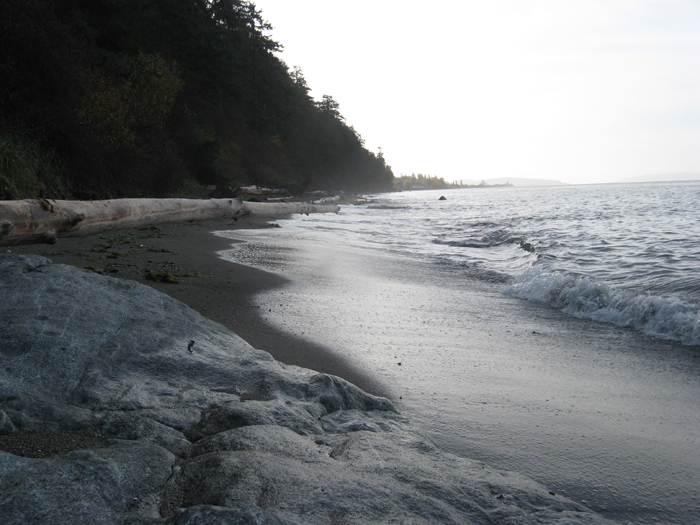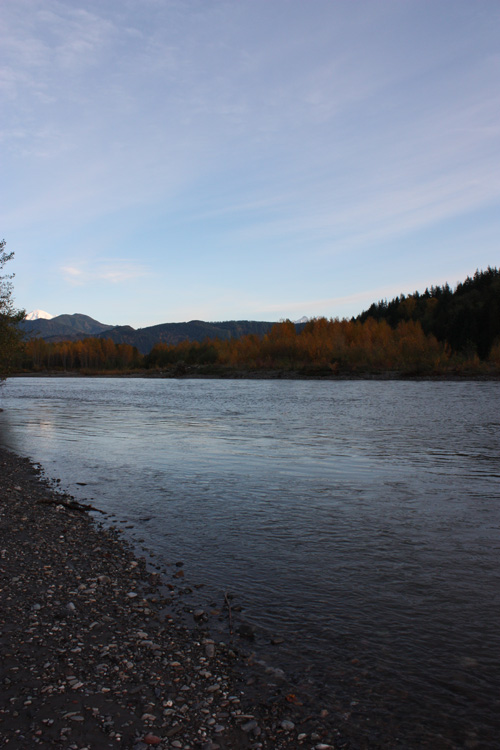Throughout the spring and summer you’re likely to find searun cuthroat hanging out around estuaries near the mouths of rivers and streams in the saltwater. In the fall, searun cutthroat move up out of the estuaries and into the rivers and streams proper at which time fly fishing for them can be extremely productive.
This can be an exciting time to fish for them as they can be targeted around the various structures that will consistently hold searun cutthroat. Some of the best fly fishing techniques for catching searun cutthroat in rivers are to cast tight to shore or the structure and retrieve your fly with a few quick erratic strips before swinging the fly down with the current.
John Shewey points out, in is great book, Northwest Fly Fishing Trout and Beyond: Trout and Beyond, that searun cutthroat trout are more likely to be found in habitat similar to that of smallmouth bass, than other trout.
Fish in Non-traditional Trout Fishing Spots
You can fish riffles and slots where trout would normally be found, and have no success in finding searun cutthroat. Bluebacks prefer slow water, log jams, steep rocky drop offs, and cut banks. In other words, places to hide under cover.
Cast near one of these types of lies and you’re likely to be rewarded with a sleep silvery fish darting out and slamming your fly.
Learn to spot the likely holding water for searun cutthroat and your fishing productivity will skyrocket.
Once you’ve found a spot that holds searuns, remember it, because unless the river changes course or eliminates the hold, fish will be there every year.




